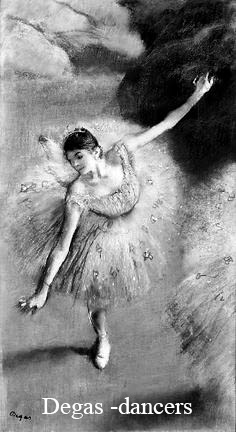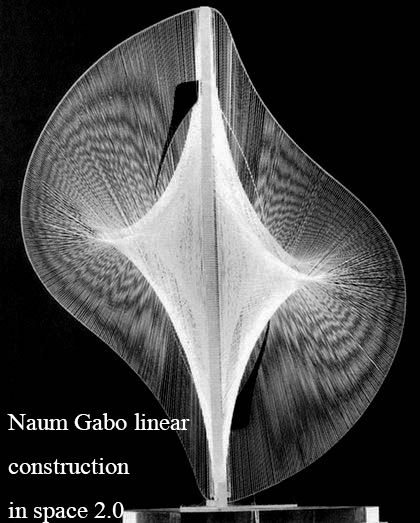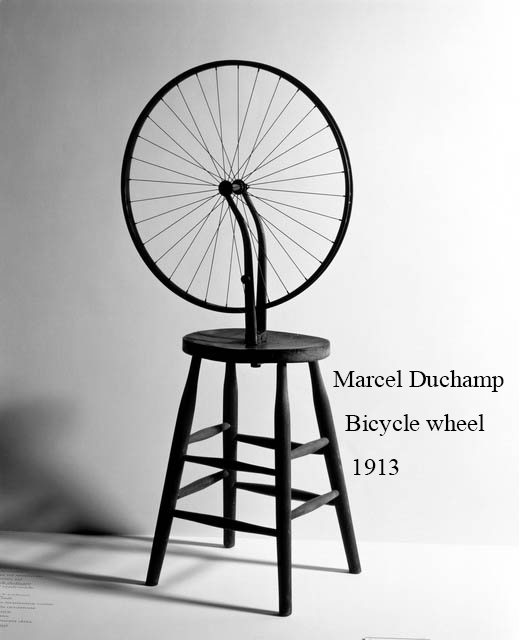Art that contains movement perceivable by the viewer or that relies on motion for its effect—this is the definition of kinetic Art.
While we often think of motion driven artwork as the only examples of the Art from, in reality, kinetic Art can be divided into two categories. In the 1950s, the term “apparent movement” like The earliest traces of Kinetic Art is owed to Impressionists like Monet and Degas, who tried to express human movement in their paintings and The modern kinetic sculptures which rely on mathematics principles being the core values to the success of the Art.
Kinetic sculptures in which movement (as of a motor-driven part or a changing electronic image) is a fundamental element. In the 20th century, the use of actual movement became an essential aspect of sculpture with Naum Gabo, Marcel Duchamp, László Moholy-Nagy, and Alexander Calder, which artists attributed to naming this style.
Effect on continually changing patterns of relationship taking place through space and time. When liquids and gases are used as components, the shapes and dimensions of the sculpture may undergo continual transformations.
After an explosion in the 1960s, artists working in the field continue to push boundaries. Whether powered by electricity or natural elements, formed from wood or LED lights, kinetic Art is continuously challenging our perceptions. Get ready for a crash course in the development of kinetic Art.





Recent Comments